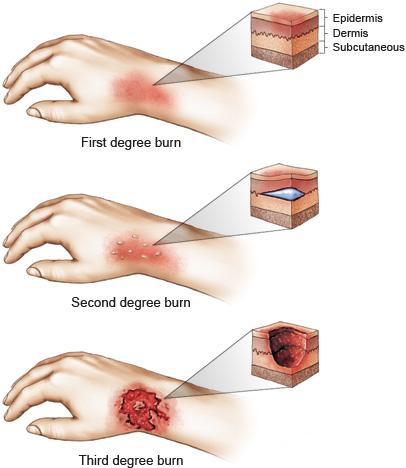
/silvadene-cream-overview-4173961-5bb7bcd046e0fb0026aac1a7.png)
:max_bytes(150000):strip_icc()/degrees-of-burns-1298906_v2-b34a363d24824c8b935448fe774a753d.png)
#2nd degree burn healing stages treatment skin#
Minor burns affecting the outer layer of skin and some of the underlying layer of tissue (superficial dermal burns) normally heal in around 14 days, leaving minimal scarring. It'll also be regularly changed until the burn's completely healed. Your dressing will be regularly checked for signs of infection. offer you pain relief, if necessary (usually paracetamol or ibuprofen)ĭepending on how the burn happened, you may be advised to have an injection to prevent tetanus, a condition caused by bacteria entering a wound.įor example, a tetanus injection may be recommended if there's a chance soil got into the wound.cover the burn with a sterile dressing (usually a pad and a gauze bandage to hold it in place).clean the burn, being careful not to burst any blisters.assess the size and depth of the burn by examining the area.The healthcare professional treating you will: If you have a burn or scald that requires medical treatment, it'll be assessed to determine the level of care required. Mild burns or scalds that only affect the uppermost layer of skin (superficial epidermal burns) usually heal in about a week without any scarring. If you have scalded the inside of your mouth by drinking something hot, try to avoid things that can irritate the scalded area, such as hot and spicy food, alcohol and smoking, until the area heals. Do not burst any blisters as this can lead to infection. While the skin heals, keep the area clean and do not apply any creams or greasy substances.

Read more about first aid for burns and scalds. If your burn or scald is mild and treated at home, it normally heals without the need for further treatment. If the wound becomes infected, get further medical attention. How long it takes to recover from a burn or scald depends on how serious it is and how it's treated.


 0 kommentar(er)
0 kommentar(er)
